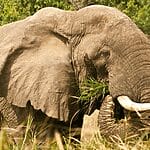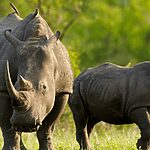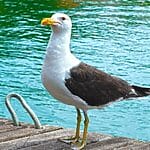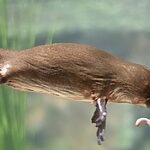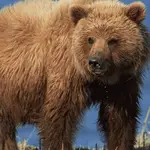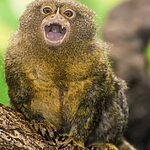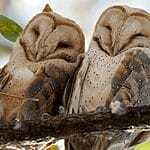16 Interesting Animals in Jamaica – You May Not Know
Jamaica is home to a range of fascinating animals, many of which aren’t found anywhere else in the world. From vibrant birds to reptiles, the island’s wildlife is as diverse as it is unique. But for many visitors, knowing which animals are worth their attention can be a challenge.
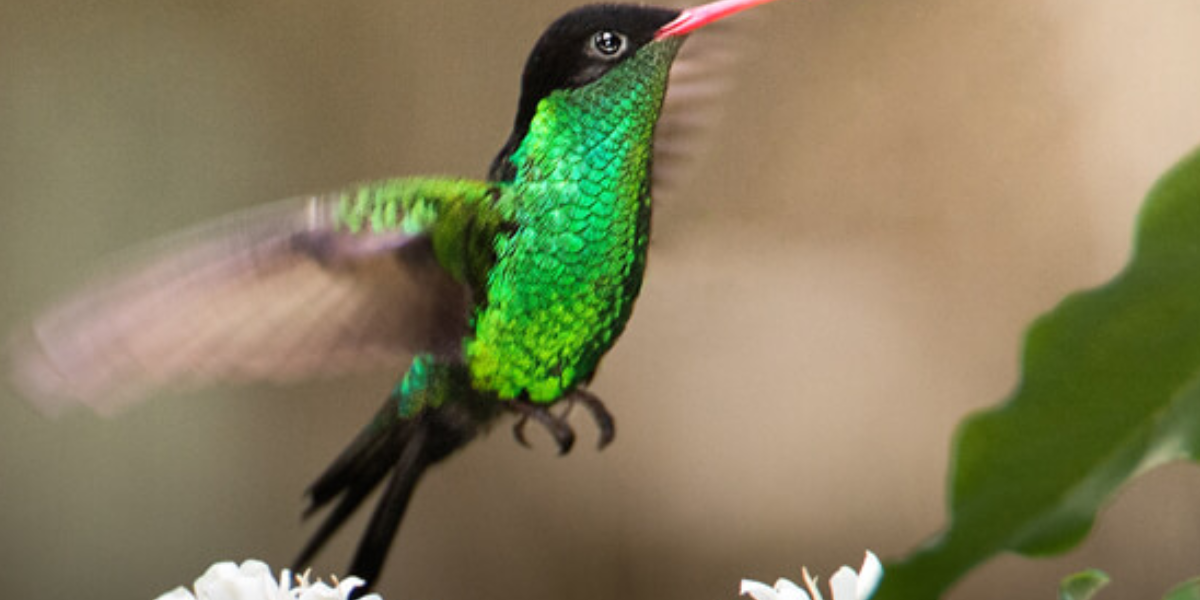
One creature that often surprises people is the Jamaican iguana. Once thought extinct, it was rediscovered in the 1990s, and efforts to protect it are ongoing. This shows how even locals may not fully understand the range of animals on the island.
Curious about what other rare animals might be hiding in plain sight? Stick around, as we’ll highlight the most interesting species and the best places to spot them. Whether you’re a nature lover or a first-time visitor, you’re in for a captivating journey through Jamaica’s natural wonders.
16 Interesting Animals in Jamaica – (With Pictures)
Jamaican Hutia
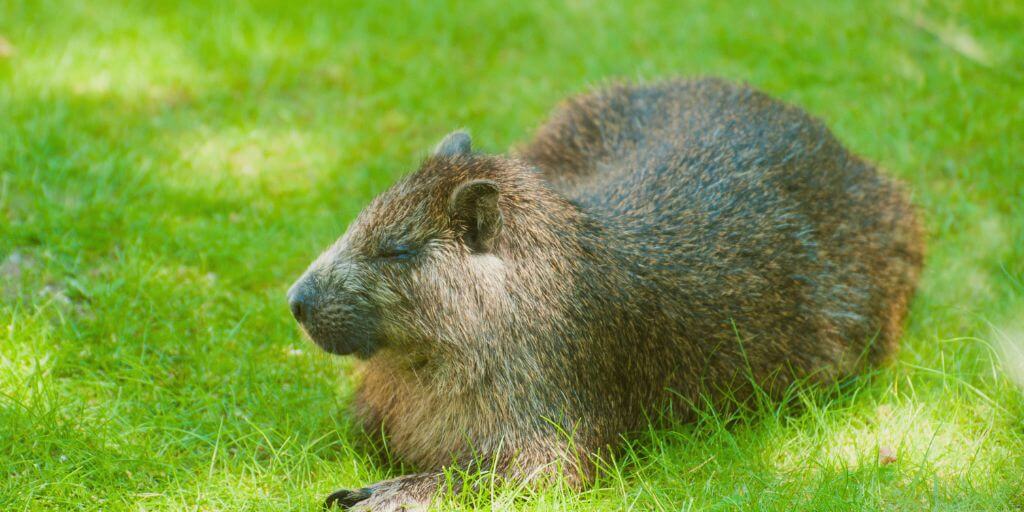
It is one of the interesting animals found in the interior territory of the Caribbean island, Bahamas and Santo. This charming herbivore and rodent species are endemic to Jamaica. The other name of this rodent species is Jamaican coney and Brown hutia.
These native rodents look like a cross between a guinea pig and a small capybara. If we talk about their appearance, then these rodents have round bodies, short legs, and jet-black inquisitive eyes.
Their existence is important for the ecosystem, as they help in seed dispersal and maintaining the balance of the island’s flora.
But many interesting animals in Jamaica fall under the category of “Endangered” animals on the IUCN red list. This status highlights that wildlife officials need to speed up the conservation efforts for preserving Jamaican hutia.
Otherwise, our upcoming generations won’t be able to explore this important rodent species. Moreover, the extinction of this species will badly disturb the food chain and ecosystem.
Mongoose
The mongoose was brought to Jamaica in 1872. It was introduced to help control rats that were damaging sugar plantations. However, the mongoose also started to reduce the number of birds and snakes in the area. Now, there are many mongooses in Jamaica, and it is common to see them crossing the roads.
Patoo
In Jamaica, there are two main types of owls: the Barn Owl and the Jamaican Owl. The Barn Owl is light-colored and often seen at night. Some locals believe it is a sign of death and may throw stones at it. The Jamaican Owl, which is dark brown, is mostly found in the mountains and the eastern part of Jamaica.
Jamaican boa
The Jamaican boa, also called the yellow snake, is a non-venomous snake found only in Jamaica. It lives mainly in the moist limestone forests of Jamaica’s Cockpit Country.
This snake is at risk of becoming extinct, with its numbers expected to drop by 20 percent in the next ten years or so. Its natural home is being destroyed, pushing it into urban areas where it often gets caught and killed.
There are many types of Boa snakes one is the Boa Constrictor found in Aruba. They primarily feed on small mammals, birds, and reptiles.
Killer Whale
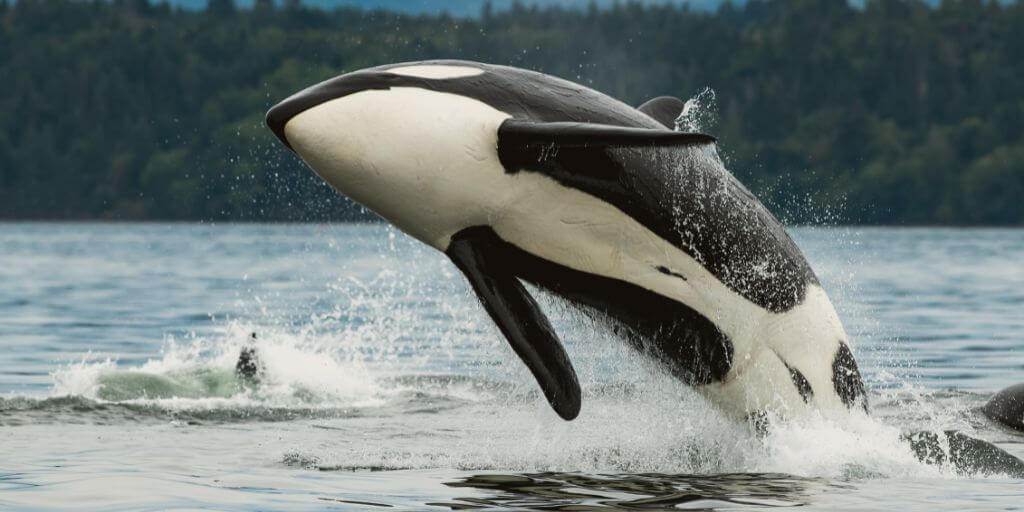
The killer whale, or orca, is a powerful marine predator sometimes seen in the waters around Jamaica. Characterized by their bold black-and-white markings, these creatures are social and travel in pods, with up to 40 individuals.
They communicate using a series of distinct sounds and work together to hunt, showing impressive teamwork. While sightings are uncommon, killer whales are known to visit during their migratory journeys.
Their diet includes fish, squid, and even larger marine animals, which demonstrates their adaptability. Unfortunately, like many marine species, they face threats from pollution and loss of habitat.
Conservation efforts are necessary to protect these majestic animals, which represent the rich biodiversity in Jamaican waters.
Osprey
The osprey is a large bird of prey frequently spotted along Jamaica’s coasts and rivers. These birds are known for their excellent fishing abilities, diving from impressive heights to catch live fish.
With dark brown wings and a white belly, ospreys are easily recognizable in flight. They usually build nests close to water, often returning to the same site each year.
Ospreys form lifelong pairs and both parents take part in caring for their chicks. Conservation efforts have helped their population recover after declines due to pesticide use.
The presence of ospreys in Jamaica indicates healthy aquatic environments, highlighting their importance to the island’s ecosystem.
Green Sea Turtle
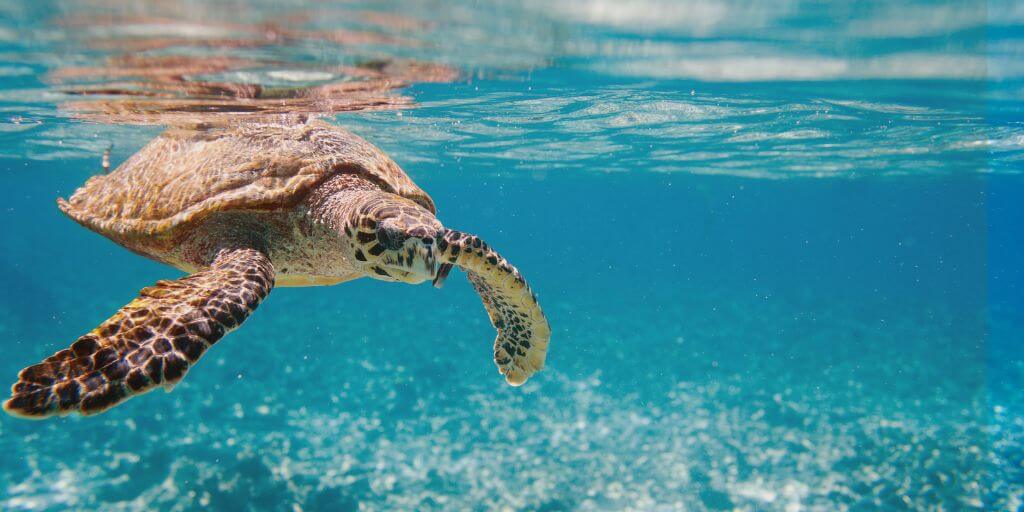
The green sea turtle is a significant marine reptile inhabiting Jamaican waters. These turtles can grow up to five feet long and weigh as much as 500 pounds.
Unlike other sea turtles that eat meat, adult green sea turtles are herbivores, feeding mainly on seagrass and algae, which helps maintain healthy marine ecosystems.
They are known for long migrations and always return to their birthplace to lay eggs. However, green sea turtles are at risk due to habitat destruction, poaching, and plastic pollution.
Jamaican conservation projects aim to protect their nesting grounds, stressing the importance of these turtles in maintaining the marine environment.
Purple Martin
The purple martin is a migratory bird that visits Jamaica during its breeding season. Known for their iridescent blue-black feathers, they are the largest swallows in North America.
These birds are highly social and often build colonies in human-made birdhouses or nests. They primarily consume insects while in flight, helping to control insect populations. Culturally, purple martins are considered symbols of good fortune in Jamaica.
Their migration to the island is a seasonal delight for birdwatchers. Efforts to protect their nesting areas, including community projects that promote birdhouse building, help ensure the continued presence of these unique birds on the island.
Forty Leg
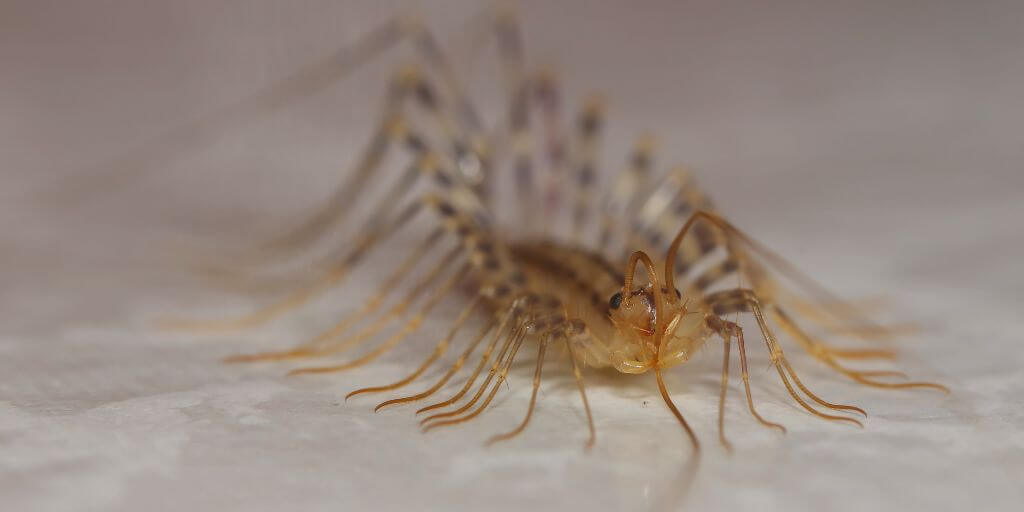
The forty leg, also known as the Scutigera, is a centipede commonly found in Jamaica’s tropical environment. Its long, segmented body with numerous legs allows it to move quickly while hunting insects and other small creatures.
Although its appearance may seem frightening, the forty leg is mostly harmless to humans. However, it can deliver a painful bite if threatened. Despite this, they play an important role in controlling insect populations in gardens and homes.
Their presence is a natural part of Jamaica’s ecosystem, indicating a well-balanced environment where various species coexist.
Pit Bulls
Pit bulls are a breed often misunderstood, but they are beloved by many in Jamaica for their loyalty and affectionate nature. Despite their strong, muscular build, pit bulls are gentle when raised in a loving environment.
They were originally bred for working roles, such as herding and guarding, which makes them highly interactive and protective. In Jamaica, they are popular pets, known for their playful and friendly attitudes toward family members.
However, misconceptions about their temperament persist, which can lead to fear and stigma. Educating the public about responsible ownership is essential in changing these perceptions, ensuring pit bulls are appreciated for their true, loving nature.
Dangerous yet Interesting Animals in Jamaica
American Crocodile
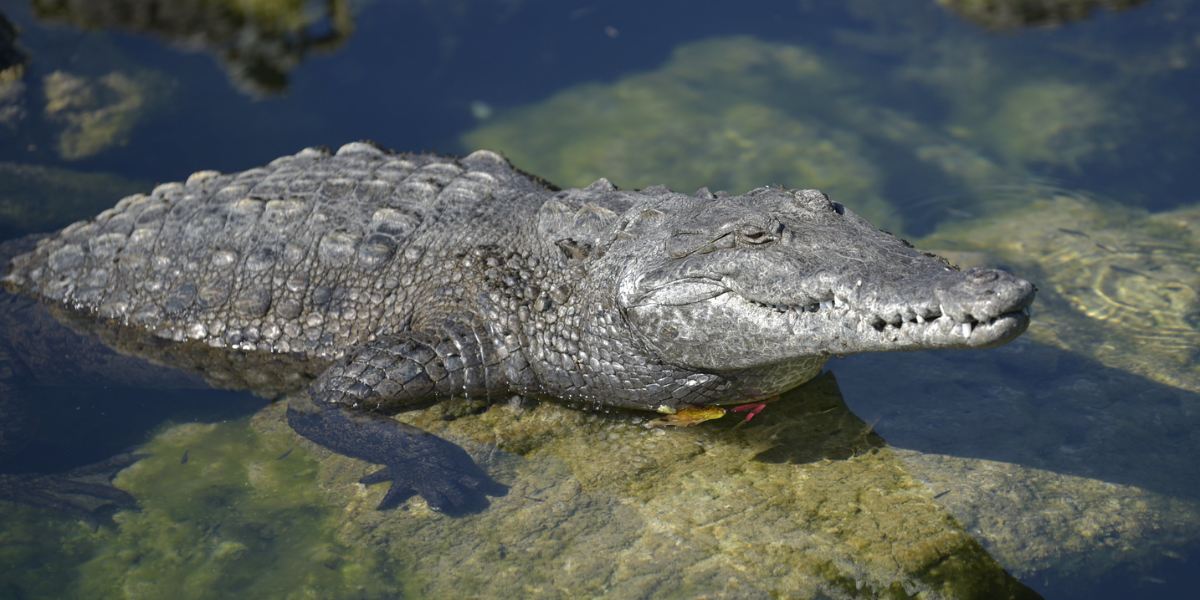
This crocodile species can be recognized by its unique long, V-shaped snouts and narrow body. These Jamaican animals are apex predators and have an important part in maintaining the balance of the ecosystem.
Although, this animal species have a terrifying image. These crocodiles don’t like human interaction and live in brackish waters, mangrove swamps, and coastal lagoons. In Jamaica, a lesser amount of American crocodiles are recorded that are commonly seen on the South Coast.
These crocodile species can be recognized by their unique long, V-shaped snouts and narrow body. These Jamaican animals are apex predators and play an important part in maintaining the balance of the ecosystem. You can spot these Jamaican crocodiles in remote or secluded areas.
The Curious Jamaican Boa: A Serpent of the Shadows
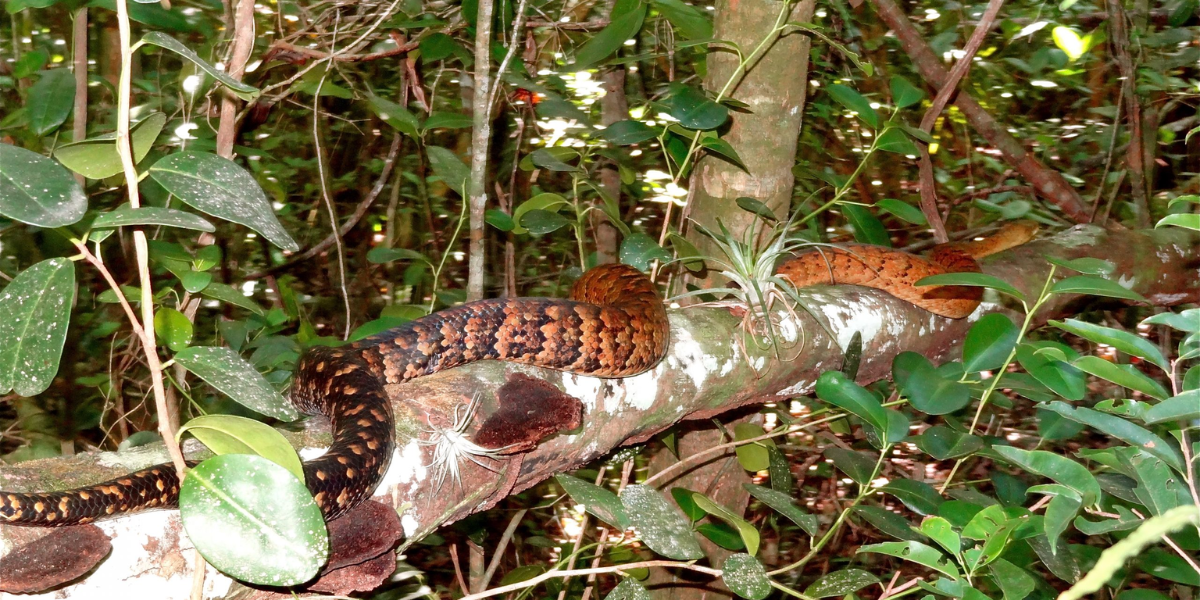
The scientific name of this snake species is Epicrates subflavus. These snakes play a crucial role as a predator in the ecosystem of the Caribbean island. With its striking pattern and strong physique, the Jamaican Boa silently hunts its prey in the dark.
Boas are non-venomous snakes, but it doesn’t really mean that they don’t attack. You certainly heard that a snake’s bite kills a human. But here’s something special about these non-venomous snakes.
Not denying the fact that a snake bite is harmless. It will surely affect your health badly, and even in some cases, it causes death.
But the case with the non-venomous snake is different. These snakes coil their body around the targetted prey and constrict until the prey dies. In some cases, they swallow their prey alive too. These snakes only attack when they feel threatened.
Unfortunately, the boa faces threats from habitat destruction and illegal pet trade, underscoring the need for conservation measures to ensure its survival. Their present standing on the IUCN red list is as an “Endangered Species”
The Jamaican Iguana: A Success Story of Conservation Efforts
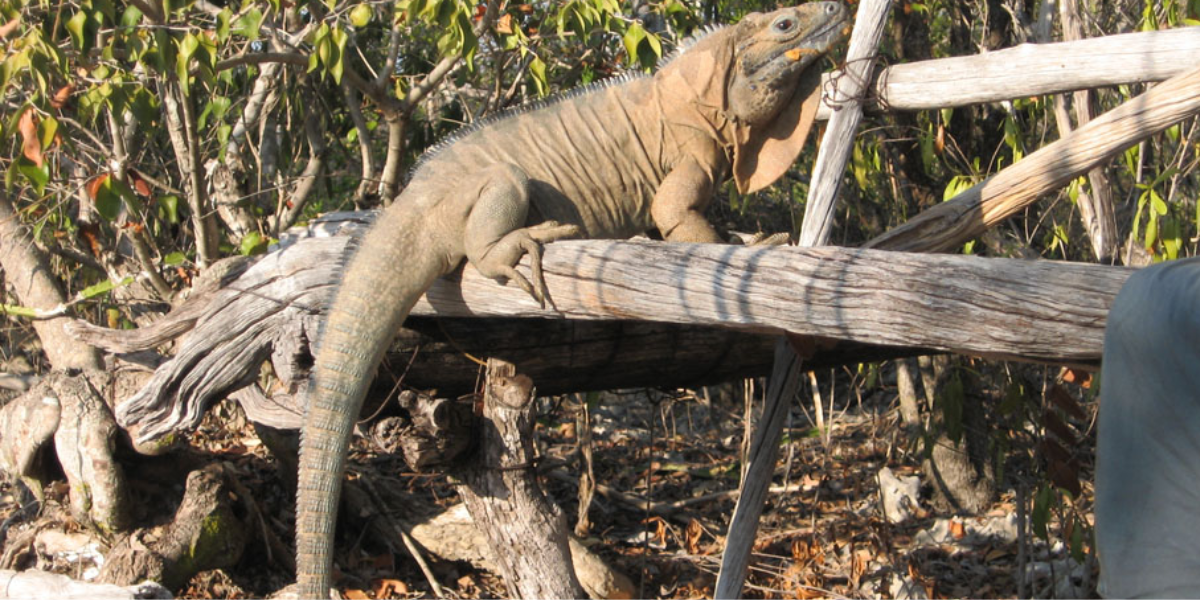
This wild lizard species was once listed as Extinct, but thanks to constant conservation efforts, it was recovered in 1990 and successfully thriving in remote areas in the Hillshire Hills. These large lizards possess a strong large body with rough, spiny skin and a prominent dewlap.
This native Jamaican lizard species is marked as a “Critically Endangered species” on the IUCN red list, and its population is dropping down with each passing year. The major reasons that are causing damage to this species are deforestation and conflicts with non-native animals.
The Jamaican Tody: A Jewel Among Birds
It is a small bird species that captures the attention of visitors with its vibrant colors on all the islands of Jamaica. The Jamaican Tody is seen roaming in the semi-arid coast or the humid mountains of the Jamaican islands, where most of its wildlife is thriving.
The body of the Jamaican today is covered with eye-catchy emerald green plumage with a contrasting red patch on its throat. Their underparts are in different light shades, and this colorful bird is an extra addition to the tropical island.
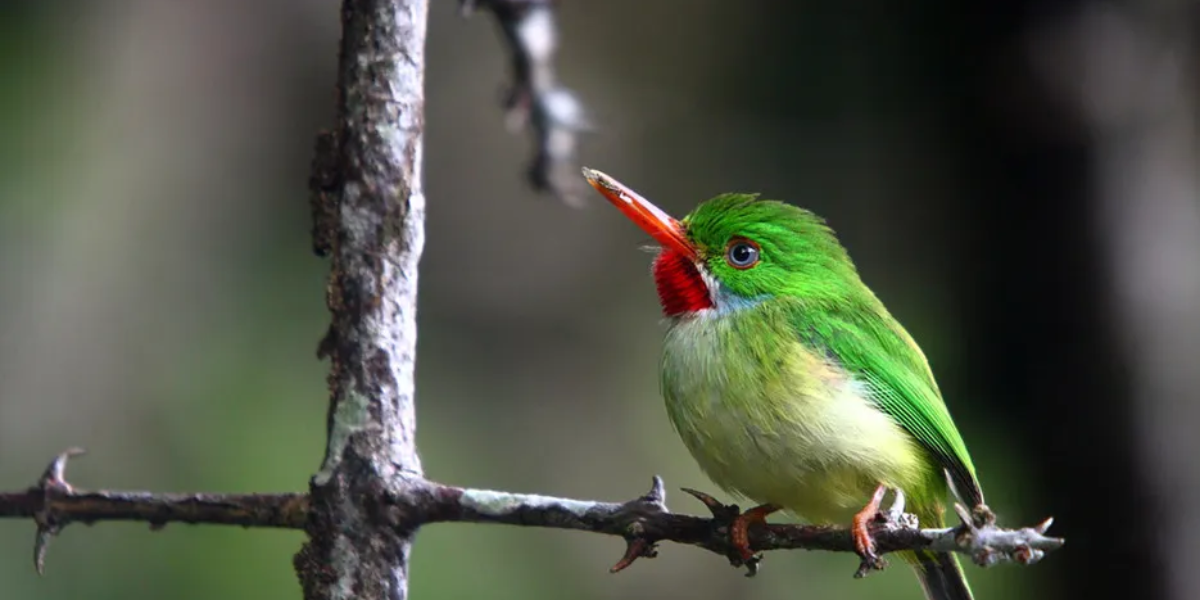
Where to spot the Jamaican Tody wildlife in Jamaica?
These small Caribbean birds are commonly observed in the woodlands and forest edges, where they float in the air to catch insects.
Jamaican Owl
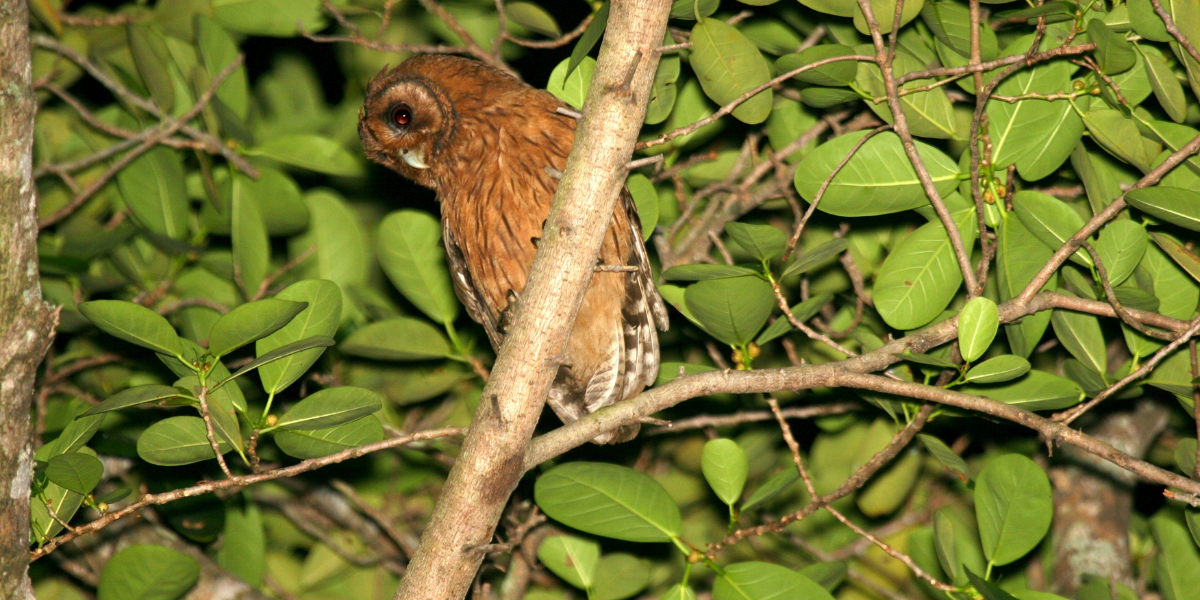
This owl species are one of the interesting nocturnal birds found in the forests and open woodlands of Jamaican islands.
This island is home to diverse owl species, but one that is unique is the Jamaican owl. These owls are quite expert predators and prey on insects, small mammals, and birds at night.
This small and elusive nocturnal owl species possesses a unique physical appearance, including dark, heart-shaped facial discs that help in sound localization.
Jamaica Bay Wildlife Refuge is trying its best to protect its natural habitats, which is vital for preserving this enigmatic creature.
Interesting Sea Animals in Jamaica
Manatee
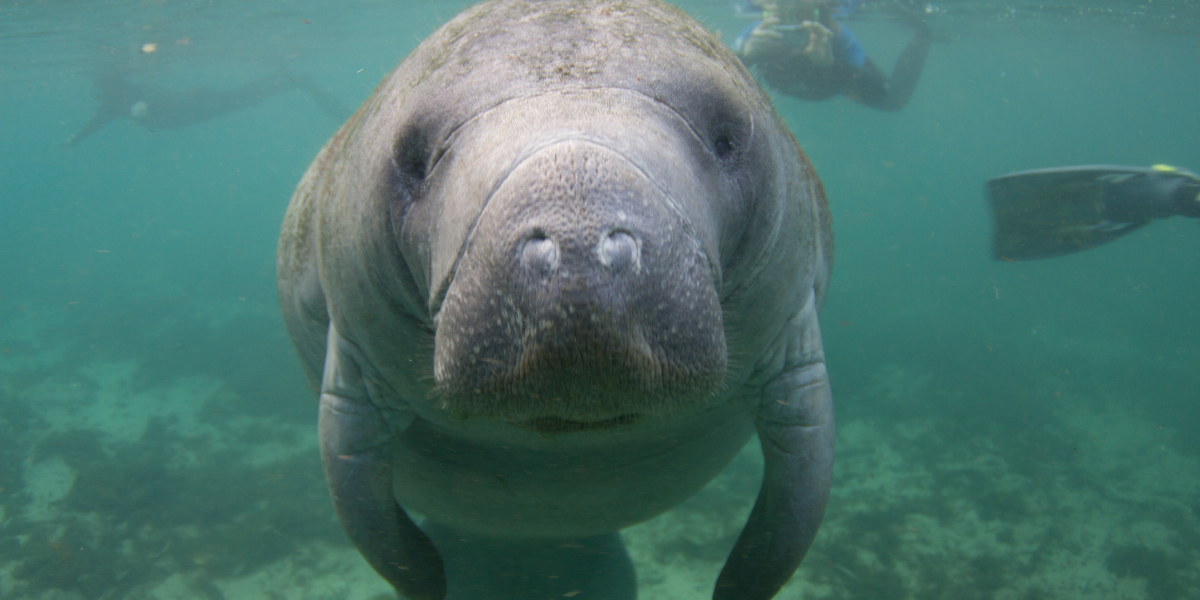
The gentle giants of the waters, the West Indian Manatees, also known as the sea cows. The Manatees got the cow in their name due to their massive size and weight.
These manatees are commonly observed in Jamaica’s coastal regions and lagoons. They don’t live in the deep water. Rather, they inhabit shallow water such as bays, canals, estuaries, and coastal areas.
These habitats are easy sources of food for such huge herbivorous mammals. These natural habitats are rich in seagrass and other aquatic vegetation.
Apart from it, these manatees are crucial animals and help maintain the health of underwater ecosystems. However, increasing human activities such as boat collisions and habitat degradation pose serious threats to the manatees.
The Enigmatic Doctor Bird: Jamaica’s National Symbol
The Red-Billed Streamertail hummingbird is a national bird of Jamaica. Its vibrant emerald green plumage and striking iridescent colors captivate the attention of locals and visitors.
Its long, forked tail feathers resemble delicate streamers, lending the bird its charming name. As a hummingbird species, the Red-Billed Streamertail hovers gracefully in front of flowers, sipping nectar with its specialized tongue.
This bird’s presence represents the beauty and uniqueness of Jamaica’s biodiversity, and its conservation signifies the island’s commitment to preserving its natural heritage.
Endangered Interesting Animals in Jamaica
Jamaican Iguana (Cyclura collei): Critically endangered, this reptile is only found in Jamaica and faccing habitat loss and predation.
Jamaican Hutia (Geocapromys brownii): A rare mammal, it plays a vital role in seed dispersal, but deforestation poses a threat to its survival.
Jamaican Slider Turtle (Trachemys terrapen): Endemic to Jamaica, this freshwater turtle is threatened by habitat destruction and illegal pet trade.
Jamaican Pauraque (Siphonorhis americana): A nocturnal bird at risk due to habitat loss and degradation.
Blue-Billed Streamertail (Trochilus polytmus): A hummingbird species similar to the National Bird but with a smaller population and declining population.
Black-Billed Parrot (Amazona agilis): Endemic to Jamaica, this parrot faces habitat destruction and capture for the pet trade.
Loggerhead Sea Turtles (Caretta caretta): Loggerhead turtles are one of the largest sea turtle species and are occasionally spotted in Jamaican waters during their migrations.
Jamaican Pauraque (Siphonorhis americana): This nocturnal bird species is at risk due to habitat loss and degradation.
Jamaican Owl (Pseudoscops grammicus): The island’s only owl species is vulnerable due to habitat degradation and human disturbances.
West Indian Manatee (Trichechus manatus): These are endangered manatee, and their populations are under pressure from boat collisions and habitat degradation.
American Crocodile (Crocodylus acutus): Found in coastal areas, this crocodile species is facing threats from habitat destruction and human interactions.
Jamaica is home to diverse and captivating wildlife. From the native Jamaican boa and mongoose to the endangered manatee, these creatures enrich the island’s biodiversity.
Endemic species like the Jamaican owl and sea turtle are treasures requiring conservation efforts. With the iconic Jamaican parrot and black river crocodile, the island’s coastal and mountainous regions house diverse habitats.
Efforts to protect these gentle creatures, facing threats from pest species like the rat, showcase the dedication of local conservationists.
As Jamaica preserves its wildlife, these animals stand as symbols of the island’s natural heritage, a testament to its unique and cherished ecosystem.
Frequently Asked Questions
Which animal is only found in Jamaica?
The Jamaican Iguana (Cyclura collei) is an interesting animal that is only found in Jamaica.
What is Jamaica’s most common animal?
The Jamaican Anole (Anolis grahami) is one of the most common animals in Jamaica.
What are Jamaica’s biggest animals?
Jamaica’s biggest animals are primarily marine creatures due to its location in the Caribbean Sea. Some of them are Humpback Whales, West Indian Manatees, Nurse Sharks, and American Crocodiles.
What is the largest predator in Jamaica?
The largest predator in Jamaica is the American Crocodile (Crocodylus acutus).
- What Should I Do If A Koala Bites Me? Safety Guide - 2024-05-30
- Are Kangaroos Born Without Hind Legs? A Fascinating Journey - 2024-05-30
- Animals That Look Like Squirrels - 2024-05-30

